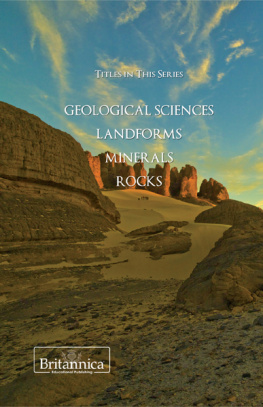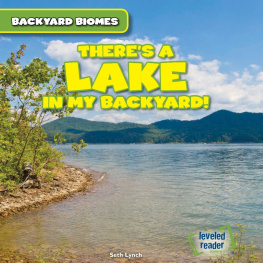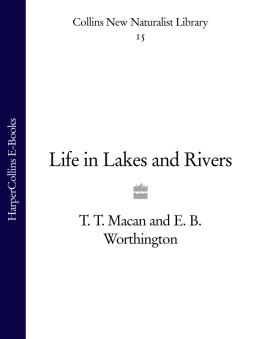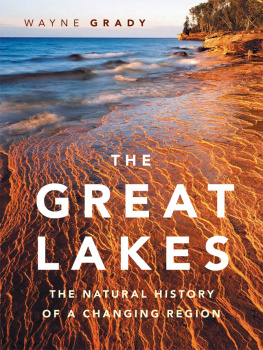LAKES AND WETLANDS
THE LIVING EARTH
LAKES AND WETLANDS
EDITED BY JOHN P. RAFFERTY, ASSOCIATE EDITOR, EARTH AND LIFE SCIENCES

Published in 2011 by Britannica Educational Publishing
(a trademark of Encyclopdia Britannica, Inc.)
in association with Rosen Educational Services, LLC
29 East 21st Street, New York, NY 10010.
Copyright 2011 Encyclopdia Britannica, Inc. Britannica, Encyclopdia Britannica, and the Thistle logo are registered trademarks of Encyclopdia Britannica, Inc.
All rights reserved.
Rosen Educational Services materials copyright 2011 Rosen Educational Services, LLC.
All rights reserved.
Distributed exclusively by Rosen Educational Services.
For a listing of additional Britannica Educational Publishing titles, call toll free (800) 237-9932.
First Edition
Britannica Educational Publishing
Michael I. Levy: Executive Editor
J.E. Luebering: Senior Manager
Marilyn L. Barton: Senior Coordinator, Production Control
Steven Bosco: Director, Editorial Technologies
Lisa S. Braucher: Senior Producer and Data Editor
Yvette Charboneau: Senior Copy Editor
Kathy Nakamura: Manager, Media Acquisition
John P. Rafferty: Associate Editor, Earth Sciences
Rosen Educational Services
Jeanne Nagle: Senior Editor
Nelson S: Art Director
Cindy Reiman: Photography Manager
Matthew Cauli: Designer, Cover Design
Introduction by David Nagle
Library of Congress Cataloging-in-Publication Data
Lakes and wetlands / edited by John P. Rafferty.1st ed.
p. cm.(The living earth)
In association with Britannica Educational Publishing, Rosen Educational Services.
Includes bibliographical references and index.
ISBN 978-1-61530-403-5 (eBook)
1. Lakes 2. Lake ecology. 3. Wetlands. 4. Wetland ecology. I. Rafferty, John P.
GB1603.7.L35 2011
551.482dc22
20100230179781615303915
Cover Shutterstock.com
On pages :Everglades Natural Park in Florida, U.S. National Park Service
On pages : A freshwater marsh, dominated by saw grass and dotted by palms and cypresses, in the Everglades, southern Florida, U.S. Jeff Greenberg/Peter Arnold, Inc.
CONTENTS

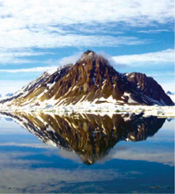
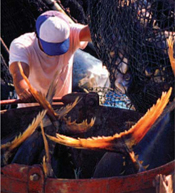

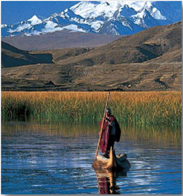
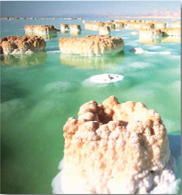
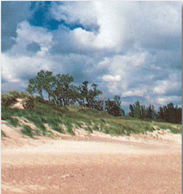
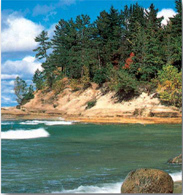
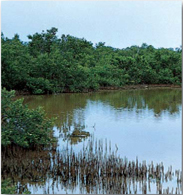
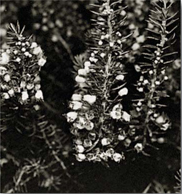
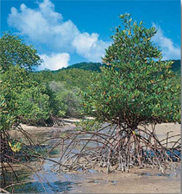
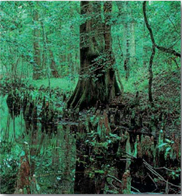
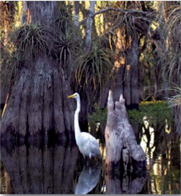
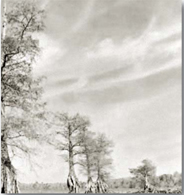
INTRODUCTION

L ife on Earth is dependent upon many things, not the least of which is water. It follows, then, that the study of the fresh waters of Earth, called limnology, is important to understanding the ways in which water affects humans and their physical surroundings. As the pages of this book bear out, lakes are complex, ever-changing phenomena worthy of considerable and intricate study. This volume also examines the regions where water meets dry land, forming wetlands, both fresh and saline.
Lakes are born when water fills a depression formed by natural means or human activity. Lake basins result from volcanic activity; shifting land masses; the movement of glaciers; erosion by wind, water, or animals; human activity such as mining; or even by being blasted into existence by a flaming meteorite. Lakes undergo continual change to their chemical makeup and physical structure, sometimes at a rate that is unnoticeable but actual nonetheless. They start out as simple holding pens for water with almost no life (oligotrophic stage). After accumulating nutrients from dust in the air or sediment from streams, biological activity increases, which results in poorer water quality (eutrophic stage). Over time, lakes are filled in with sediment that washes in from upstream sources and organic material. Eventually, they disappear, often becoming wet meadows and forests. Human activity can accelerate this naturally slow process through the introduction of nutrients and fertilizers.
Not surprisingly, lake water is made up of many different substances in addition to the base water. While all lakes have water in common, it is the varying concentrations of other substances that set one lake apart from another. The salt concentration, or salinity, of the water is one such variable. Salinity refers to the concentration of ionscharged atoms or moleculespresent in water. Certain lakes, such as Great Salt Lake in Utah (U.S.) and the Dead Sea in the Middle East, have salinity levels higher than that of the worlds oceans. The majority of lakes, however, have ion concentrations so low that salinity level becomes negligible. Soluble salts in the surrounding rock, which gradually erodes and flows into lakes via streams and rivers, determine salinity. Many other inorganic compounds such as various plant nutrients (e.g., phosphates and nitrates), heavy metals (e.g., mercury), and polychlorinated hydrocarbons (e.g., DDT) may also find their way into a lake by these means, although rainfall and wind-borne air particulates are culprit methods of addition as well.
Numerous interacting variables influence the life cycle of a lake, among them temperature variants within lake strata and the extent to which light penetrates into the deeper waters. Solar radiation, inflows and outflows of water, and the effects of wind cause temperature change; currents and wave action each directly affects the temperature map of a lake. These temperature zones within lakes are further affected by clastic sediments (clay, silt, sand), organic debris, and chemical precipitates. In general, lakes undergo heat transfers vertically, which causes mixing of the waters to the extent that thermocline, or heat-gradient, regions will flip. For example, the uppermost lake waters, characterized by temperatures near freezing (0 C [32 F]) in the early spring, absorb heat as the weather warms. The density of the water in these upper layers will increase until the water temperature exceeds (4 C [39.2 F]). If the density of the upper layers of the lake is greater than that of the lower layers, the water in the upper layers sinks, and the lake water overturns.
Next page







